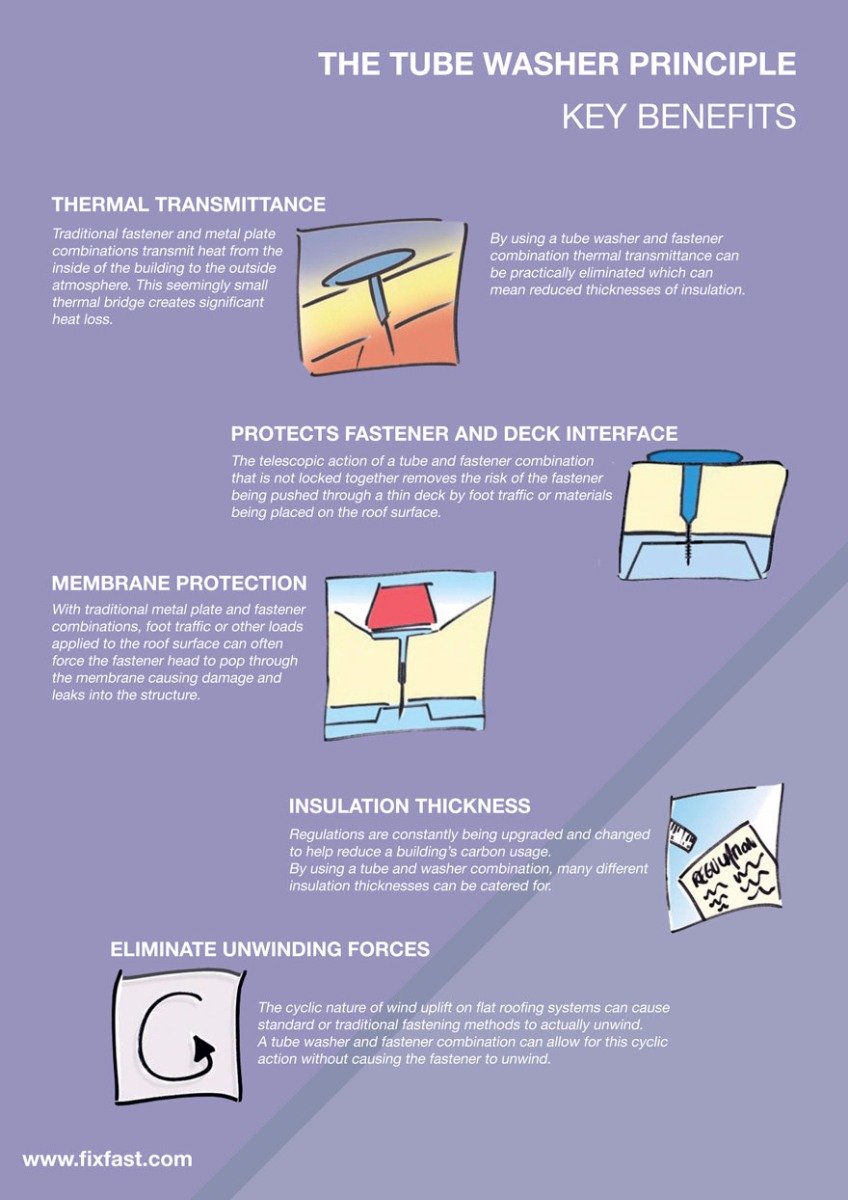Examining Different Solar Panel Kind: Which Alternative Is A Lot Of Ideal For Your Home?
Examining Different Solar Panel Kind: Which Alternative Is A Lot Of Ideal For Your Home?
Blog Article
Material Develop By-Martin Allred
When it concerns choosing the best solar panels for your home, the options can be overwhelming. Each kind offers distinctive benefits and trade-offs, making it critical to determine which variables straighten best with your goals. Whether your emphasis is on efficiency, cost-effectiveness, or aesthetics, there's a photovoltaic panel kind that can cater to your requirements. So, prior to you make a decision, consider the critical facets that will impact your solar power system's performance and suitability for your home.
Monocrystalline Solar Panels
When taking into consideration photovoltaic panels, you might find monocrystalline solar panels. These panels are understood for their high effectiveness prices because of their building and construction from a single continuous crystal framework. This layout enables monocrystalline panels to carry out much better in low light problems contrasted to various other sorts of solar panels. Furthermore, their streamlined black look makes them a preferred choice for residential installments, assimilating seamlessly with many roofs.
One key benefit of monocrystalline photovoltaic panels is their room effectiveness. They require much less area to produce the same amount of power as other solar panel kinds, making them suitable for homes with limited roofing system space.
While monocrystalline panels tend to be a lot more expensive ahead of time, their long-term toughness and performance commonly make them an affordable investment in the realm of solar power. If you prioritize effectiveness and looks in your solar panel selection, monocrystalline panels could be the appropriate choice for your home.
Polycrystalline Solar Panels
Polycrystalline photovoltaic panels, also called multicrystalline solar panels, provide an alternative option to monocrystalline panels. These panels are made from silicon crystals that are melted with each other, creating a much less consistent appearance contrasted to monocrystalline panels.
One of the crucial advantages of polycrystalline panels is their lower production price, making them a more economical alternative for house owners seeking to invest in solar power.
While https://andersonvcimr.wssblogs.com/29352274/gain-understandings-right-into-making-the-most-of-the-efficiency-of-your-solar-energy-resources might have a somewhat lower performance price compared to monocrystalline panels, they still use a dependable and economical way to create solar power for your home. These panels do well in heats and are a long lasting option for a range of environments.
If you have a larger roof room and are aiming to optimize your power manufacturing without breaking the financial institution, polycrystalline panels could be the ideal choice for you.
When considering photovoltaic panel alternatives for your home, it's vital to weigh the cost-effectiveness and performance of polycrystalline panels versus your energy demands and spending plan restraints.
Thin-Film Solar Panels
Proceeding to Thin-Film Solar Panels, these panels supply a special option to typical silicon-based choices like polycrystalline panels. Thin- https://www.gov.za/speeches/government-communications-disaster-management-regulations-pertaining-impact-severe are lightweight and adaptable, making them much easier to mount on numerous surfaces like rounded roofs or wall surfaces. They're also much more aesthetically pleasing, assimilating effortlessly with the design of your home.
However, it's important to keep in mind that thin-film panels commonly have reduced effectiveness rates compared to crystalline silicon panels. This means you might require even more room to create the exact same amount of power.
On the bright side, thin-film panels execute better in low-light problems and have a reduced temperature level coefficient, suggesting they can create even more energy on hot days. If you have enough room and are seeking a flexible and visually enticing photovoltaic panel option, thin-film panels could be a great choice for your home.
Conclusion
Finally, when picking the best solar panel type for your home, consider your energy requires, budget plan, and room restraints. Monocrystalline panels offer high efficiency in limited room, while polycrystalline panels supply an affordable alternative with reputable efficiency. Thin-film panels supply adaptability and visual allure but may have reduced efficiency rates. By evaluating these factors, you can choose the solar panel kind that finest fits your particular needs.
